Painted Lady caterpillars on Elm
bernergrrl
9 years ago
Related Stories

HOUZZ TVHouzz TV: A Famed ‘Painted Lady’ Gets a Gorgeous Update
Join us as we walk with the homeowners through one of San Francisco's landmark Victorians, lovingly restored
Full Story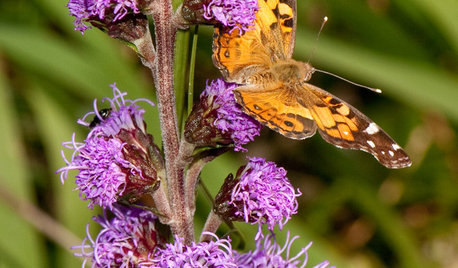
GARDENING GUIDESAmerican Lady Butterflies Add Delight to Summer Gardens
Provide native nectar and larval host plants to welcome these migratory butterflies
Full Story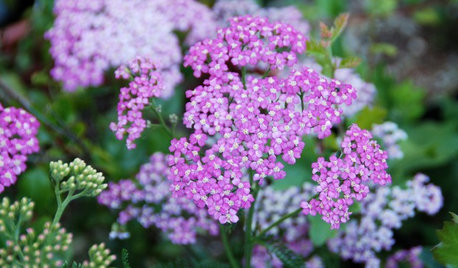
GARDENING GUIDESGreat Design Plant: Achillea Millefolium for Dry California Gardens
Yarrow attracts painted ladies and scares off garden thugs in native habitats and vegetable gardens
Full Story
DECORATING GUIDES9 Ways to Use Rich, Dark Paint
See how deep colors — navy blue, charcoal, dark chocolate — can bring out your home's best details
Full Story
HOUZZ TOURSMy Houzz: Vintage Charm and DIY Style in Maryland
A Cape Cod-style family home overflows with hand-painted pieces and personalized style
Full Story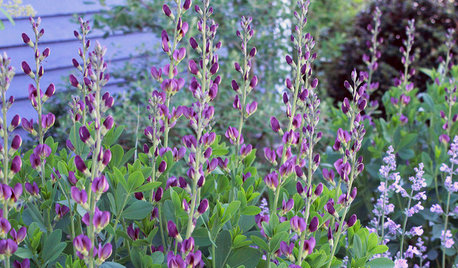
GARDENING FOR BUTTERFLIES7 Native Wildflowers to Make You an Awesome Butterfly Host
Offer the leaves of these and you’ll get more butterflies than with flower nectar alone
Full Story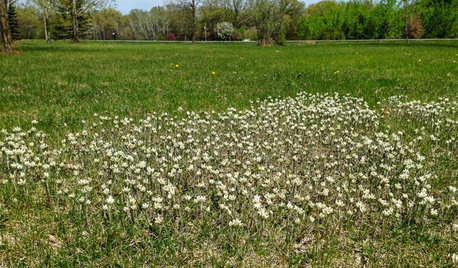
GARDENING GUIDESGreat Design Plant: Antennaria Neglecta
Plant field pussytoes in midwestern and eastern U.S. rock gardens for early-spring flowers and silver foliage
Full Story
HOUZZ TOURSMy Houzz: Whimsical, Flirty Style for a Designer’s Brooklyn Studio
A love of vintage items, travel and dinosaurs adds dramatic flair to this New York apartment
Full Story
BEFORE AND AFTERSDouble-Duty Function and Singular Style for a California Nursery
Modern and bright, this thoughtfully designed baby's room is ready to welcome a newborn girl and overnight guests
Full Story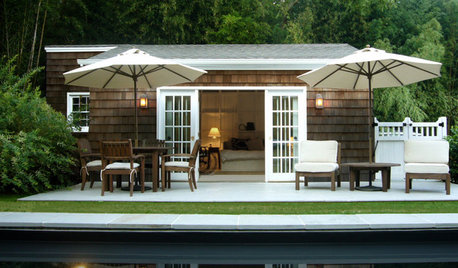
More Discussions







Leafhead
MissSherry
Related Professionals
Citrus Heights Landscape Architects & Landscape Designers · Manorville Landscape Architects & Landscape Designers · Mount Wilson Landscape Architects & Landscape Designers · Alpharetta Landscape Contractors · Cambridge Landscape Contractors · Fishers Landscape Contractors · Gainesville Landscape Contractors · Mastic Beach Landscape Contractors · Severna Park Landscape Contractors · San Pablo Landscape Contractors · Gresham Fence Contractors · Orlando Fence Contractors · Pennsauken Fence Contractors · Santa Barbara Fence Contractors · Muttontown Window ContractorsbernergrrlOriginal Author
bernergrrlOriginal Author
MissSherry
runmede
bernergrrlOriginal Author
bernergrrlOriginal Author
Leafhead